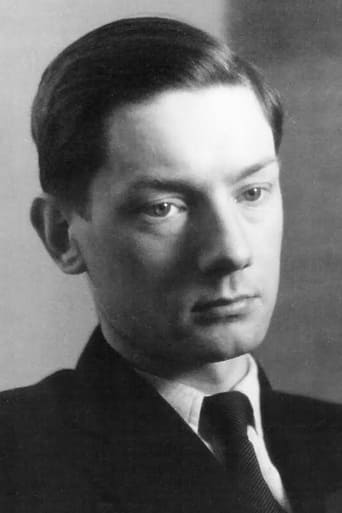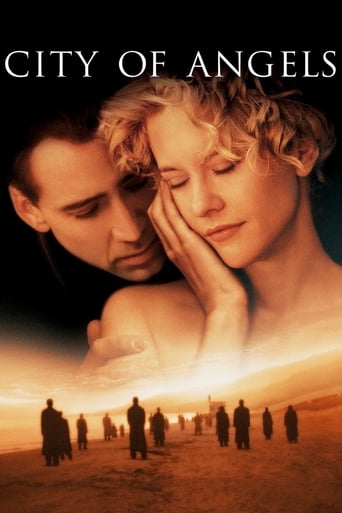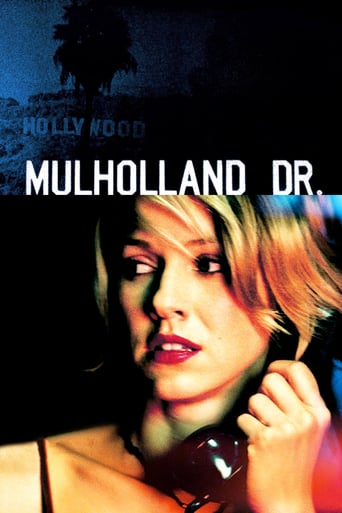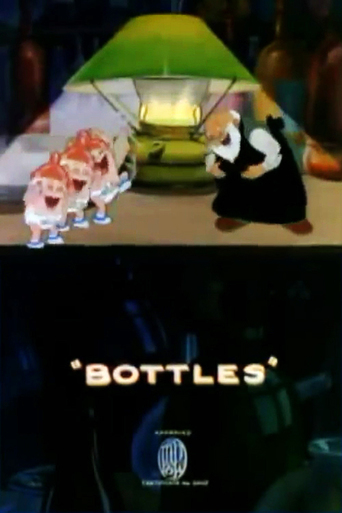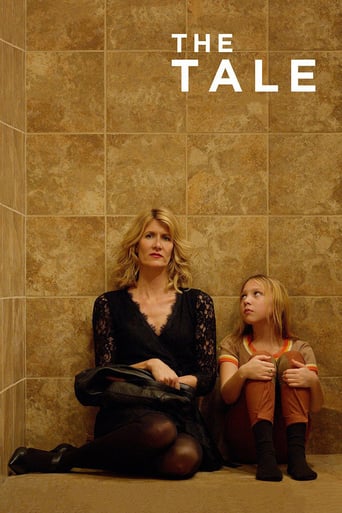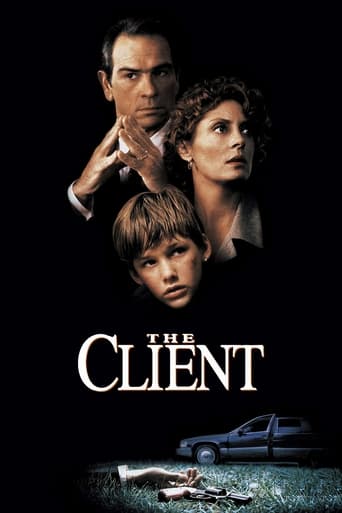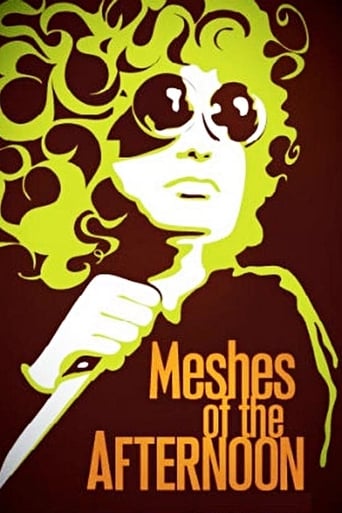
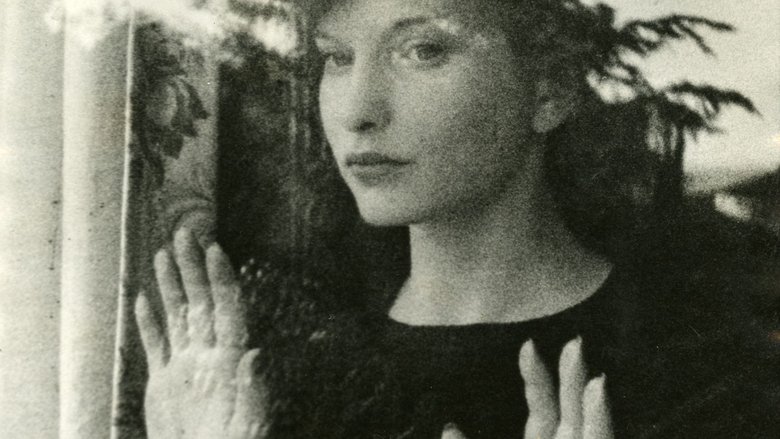
Meshes of the Afternoon (1943)
A woman returning home falls asleep and has vivid dreams that may or may not be happening in reality. Through repetitive images and complete mismatching of the objective view of time and space, her dark inner desires play out on-screen.
Watch Trailer
Cast
Similar titles

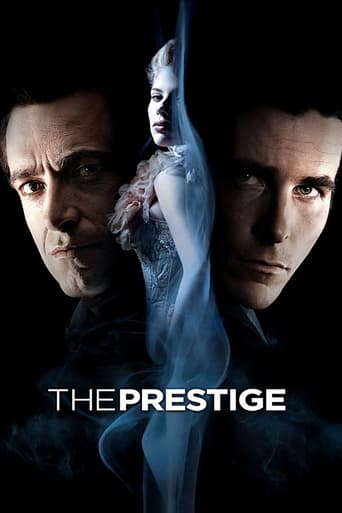
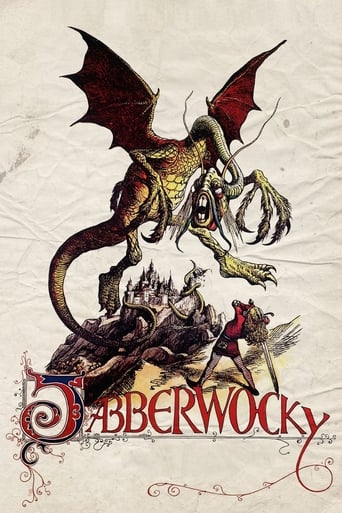
Reviews
The Worst Film Ever
Don't listen to the Hype. It's awful
best movie i've ever seen.
It's the kind of movie you'll want to see a second time with someone who hasn't seen it yet, to remember what it was like to watch it for the first time.
Meshes of the Afternoon (1943) *** 1/2 (out of 4)The IMDB summary of this film states that it's about "A woman returning home falls asleep and has vivid dreams..." Well, that might be one interpretation but I'm sure you could show this film to a hundred people and get a hundred different replies as to what it was about. This avant-garde film from Maya Deren and Alexander Hamid has become one of the most popular of its type and it's easy to see why.If you're a fan of Luis Bunuel's UN CHIEN ANDALOU then you'll certainly want to check this out as there are some very bizarre and surreal images on display. There's no doubt that the highlight for me was the women in black who creepily walks around and then when you see the face, well, I'm not going to ruin it but it's a powerful effect. The film works perfectly as a mix between reality and a dream world and there's no question that you never know which one that you're in.The film was certainly very well-made and the images are striking throughout. The cinematography is a major plus but so was the timing of the editing. MESHES OF THE AFTERNOON is a very beautiful little gem and one of the most surreal as well.
The most striking image of 'Meshes of the Afternoon (1943)' is that of Maya Deren trapped behind glass, staring mournfully outside, her hands pressed up against the reflection of trees outside her window. The sensation of being "trapped" within one's own household must have been common for many wives during the 1940s, particularly given that most husbands were abroad fighting for their country. This film, co-directed by Deren and her then-husband Alexander Hammid, to me seems to depict a woman confined within an apathetic marriage. Arriving home, Deren's initially-faceless woman collects a solitary flower from the footpath, grasping for a hint of romance in her otherwise dreary existence. A phone hangs off its hook, implying the disconnection between husband and wife. A key transforms into a kitchen knife, and vice versa. Trapped within this loveless marriage, Deren contemplates two courses of action to free herself from these martial bonds: kill her husband, or kill herself. When she attempts the former act, Hammid's face fragments like a mirror image, as though (in the male-dominated 1940s) to destroy her husband would leave Deren without an identity of her own. While contemplating her own suicide, Deren dreams of a mirror-faced Grim Reaper whom she chases, to no avail, down the path, before attempting to stab herself as she sleeps (alternatively, the Reaper-like figure resembles the sombre attire of a widow, perhaps reiterating the former action).The directors' manipulation of space and orientation is masterfully orchestrated, with ordinary rooms photographed to feel intensely claustrophobic; even a simple staircase suddenly seems an insurmountable foothill as Deren claws her way up. There's no doubt that Deren and Hammid were influenced by the cinema of Georges Méliès, whose filmed "magic shows" similarly used jump cuts to create a disjointed sense of reality. Particularly fascinating about 'Meshes of the Afternoon' is how it seamlessly integrates dreams and reality, each plane of existence inescapably influencing and merging with the other. Though the film was originally released silent, in 1959 Deren's third husband Teiji Ito scored a Japanese-inspired soundtrack, which, like the film, is cyclical and repetitive.
The only reason I saw this film was because it appears in the book 1001 Movies You Must See Before You Die, I personally can't see why. Basically The Woman (Maya Deren, also directing) a woman picks up a flower, picks up a falling key, unlocks her door, and inside there is a knife in a loaf of bread, and the phone is off the hook. She soon naps, and supposedly dreams of a hooded figure with the face of a mirror going down the driveway, the knife on the stair, then on the bed with her. The figure puts the flower on the bed, then disappears, and this is all repeated again. She goes downstairs to nap in the chair, waking to see The Man (Alexander Hammid, also directing) upstairs with the flower, putting it on the bed, and after a mirror breaks, he enters the house again. One of the final shots sees the woman sitting at the table with two replicas of herself. This may not be as gory or disturbing, this dreamy film is certainly just as original as Un Chien Andalou or Eraserhead. It may be just under twenty minutes, but the camera angles are certainly effective, the study of psychological and physical reality is quite interesting, and even though I was confused throughout, that I guess is the point, it is an experimental film. Good!
I saw Meshes of the Afternoon with Teiji Ito's music composition for the film, and therefore had a different experience with it than those who watched it as the original silent of 1943. The music was composed for the movie, therefore followed its rhythms and breath carefully, accentuating the drama and suspense. The picture and music is an interesting marriage between western surrealist sensibility and traditional Japanese sounds.Maya Deren's background as a dancer lends a wonderful sense of rhythm and movement to the movie. The narrative works like a patchwork quilt or collage, surprisingly modern for the 43s. The wonderful thing is that it is coherent yet free of predictable forms and structures. The use of the mirror and looping action is fascinating. Much as I am a Jonas Mekas fan, I have to say Maya Deren is the true founder of avant-garde films.

